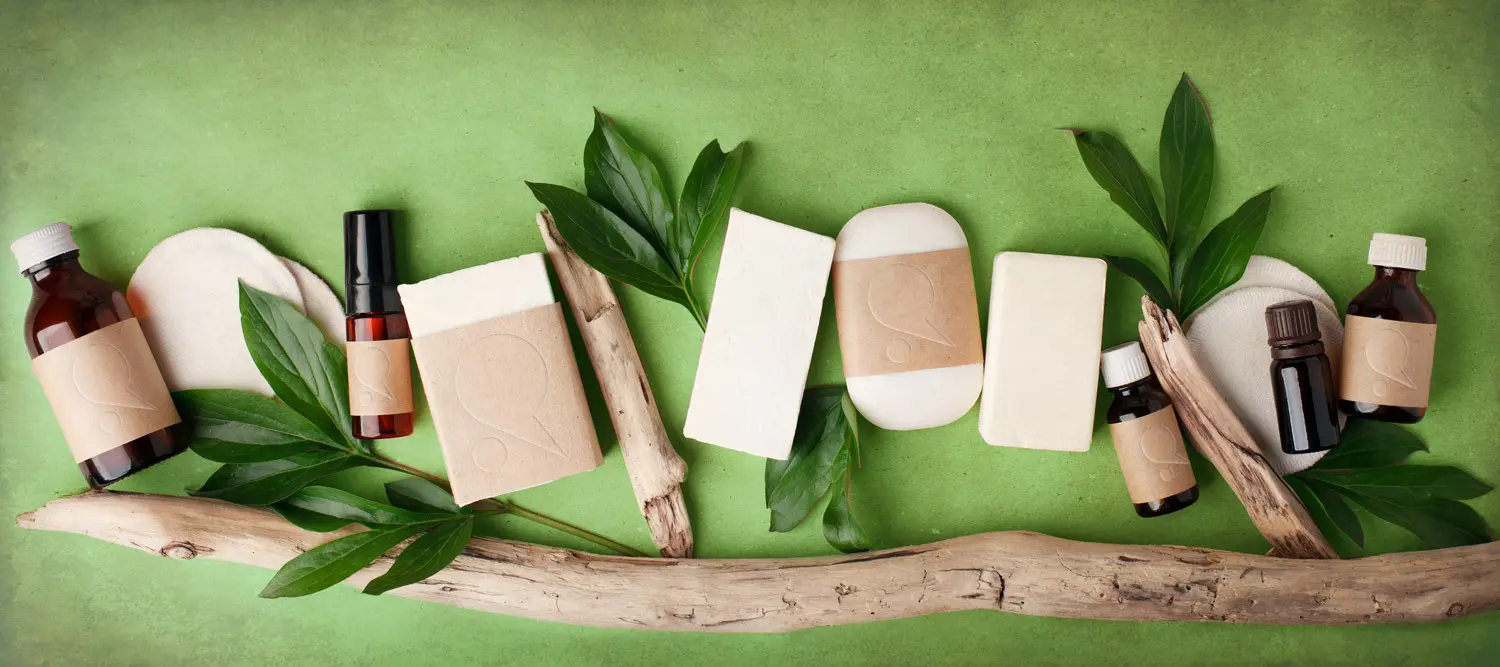How to Choose Eco-Friendly Packaging for Cosmetic Businesses
Sustainability isn’t just a buzzword; it’s a movement. This is especially true in the cosmetics industry, where packaging choices can significantly impact both the environment and your brand’s reputation. Whether you’re a seasoned cosmetic entrepreneur or an e-commerce startup, choosing the right packaging is crucial for your business’s success and sustainability.
Consumers are becoming more eco-conscious, and they’re looking for brands that align with their values. This blog will explore why sustainable packaging is essential, the types of materials you can consider, how to balance design and functionality, and what trends to watch for in the future. By the end, you’ll have a clear roadmap for making informed packaging choices that benefit both your business and the planet.
Understanding the Impact
Enviornmantal Consequences
Packaging waste is a significant environmental concern. According to the Environmental Protection Agency (EPA), packaging makes up about 28% of total municipal solid waste. In the context of cosmetics, this waste often includes non-recyclable plastic and mixed materials, which can be challenging to dispose of responsibly.
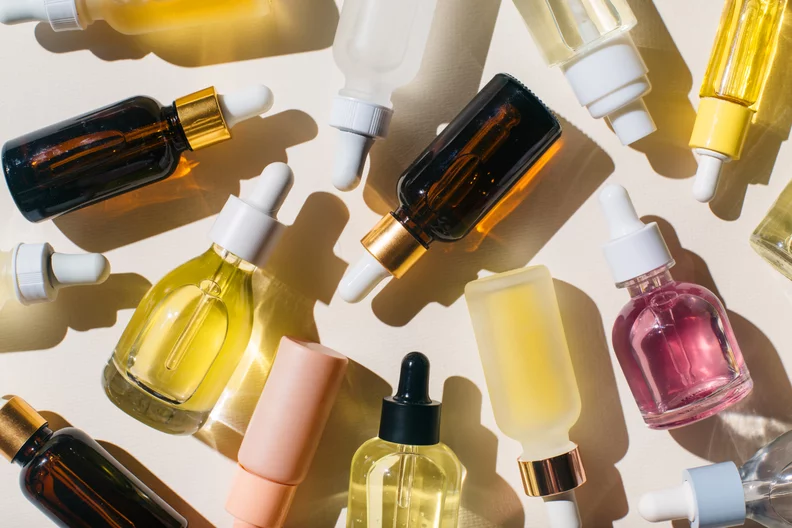
Consumer Perceptions
Your packaging is the first touchpoint between your product and the consumer. A Nielsen study found that 73% of global consumers say they would definitely or probably change their consumption habits to reduce their environmental impact. Sustainable packaging can enhance your brand image, making it more appealing to this growing segment of eco-conscious consumers.
By creating a cohesive brand image across all touchpoints, from social media to packaging, you can establish yourself as a trustworthy and authentic business.
Market Differentiation
In an industry as competitive as cosmetics, standing out is vital. Eco-friendly packaging can set you apart from competitors. It shows that your brand is forward-thinking and socially responsible, traits highly valued by today’s consumers.
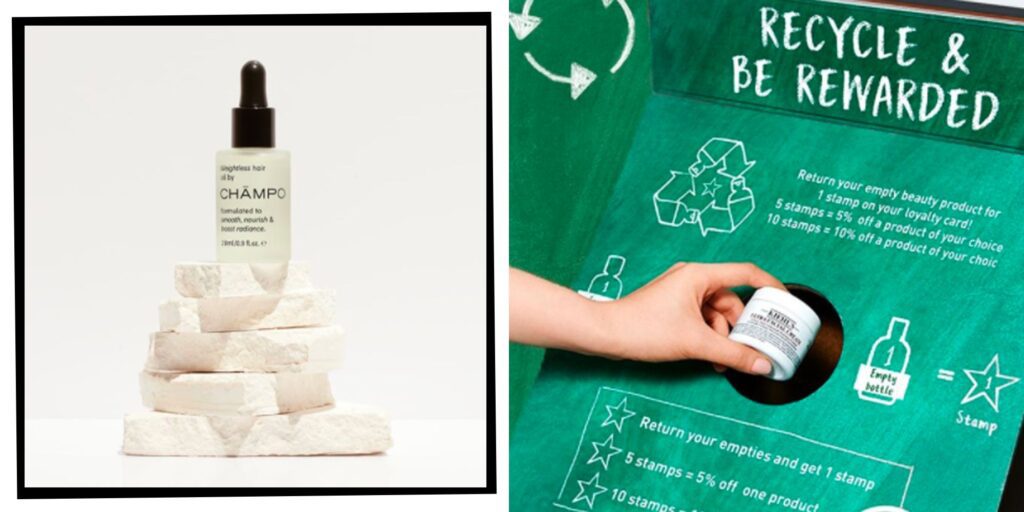
Picking the Right Material
Glass
Glass is a classic choice for cosmetics packaging. It’s 100% recyclable and doesn’t degrade over time. Plus, it gives a premium feel to beauty products. However, it’s heavier and more fragile than other materials, which can impact shipping costs and breakage rates.
Bioplastics
Made from renewable sources like corn starch or sugarcane, bioplastics are an excellent alternative to traditional plastics. They offer similar durability and flexibility but with a lower carbon footprint. However, not all bioplastics are created equal, so look for those that are compostable or biodegradable.
Recycled Paper
Recycled paper is a versatile and sustainable option. It’s perfect for outer packaging, like boxes and cartons, and can be creatively designed to stand out on shelves. Recycled paper reduces waste and energy consumption during production, making it an eco-friendly choice.

Design and Functionality
Aesthetic Appeal
The aesthetics of your packaging play a crucial role in attracting customers. Sustainable materials don’t mean compromising on design. In fact, the natural textures and colors of materials like recycled paper or glass can add a unique, earthy charm to your products.
Practicality
While design is essential, functionality should not be overlooked. Your packaging must be user-friendly. For instance, pumps or droppers for liquid products and easy-to-open boxes can enhance the user experience. The right design can make your packaging both attractive and practical.
Branding Elements
Your packaging should reflect your brand’s identity. Eco-friendly inks and minimalist designs can emphasize sustainability. Highlighting your commitment to the environment on the packaging can also reinforce your brand message and connect with like-minded consumers.
Case Studies
Lush is renowned for its commitment to sustainability. They use minimal packaging, often opting for naked (packaging-free) products. When packaging is necessary, it’s made from 100% recycled materials. Lush’s approach has earned them a loyal customer base that values their environmental ethics.
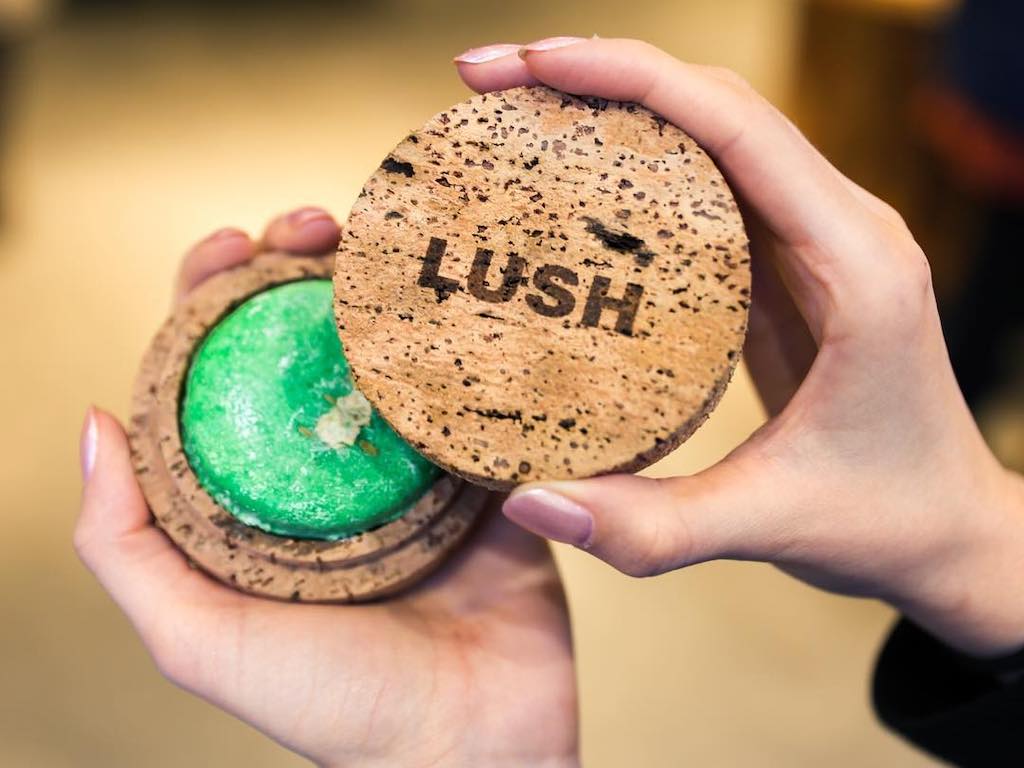
Tata Harper uses glass containers for most of its products, reinforcing its luxury and sustainability ethos. They also employ soy-based inks and recycled paper for outer packaging. This combination of premium materials and eco-friendly practices has positioned Tata Harper as a leader in green beauty.
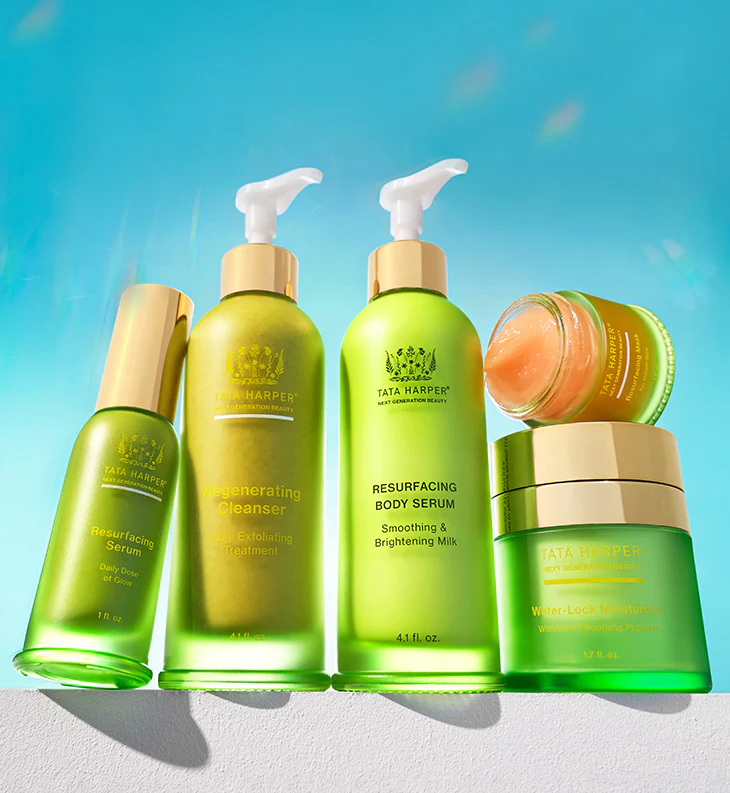
Aveda has been a pioneer in sustainable packaging in the beauty industry. They use post-consumer recycled (PCR) materials for their bottles and jars. Aveda’s continuous innovation in sustainable practices has strengthened its reputation as an environmentally conscious brand.
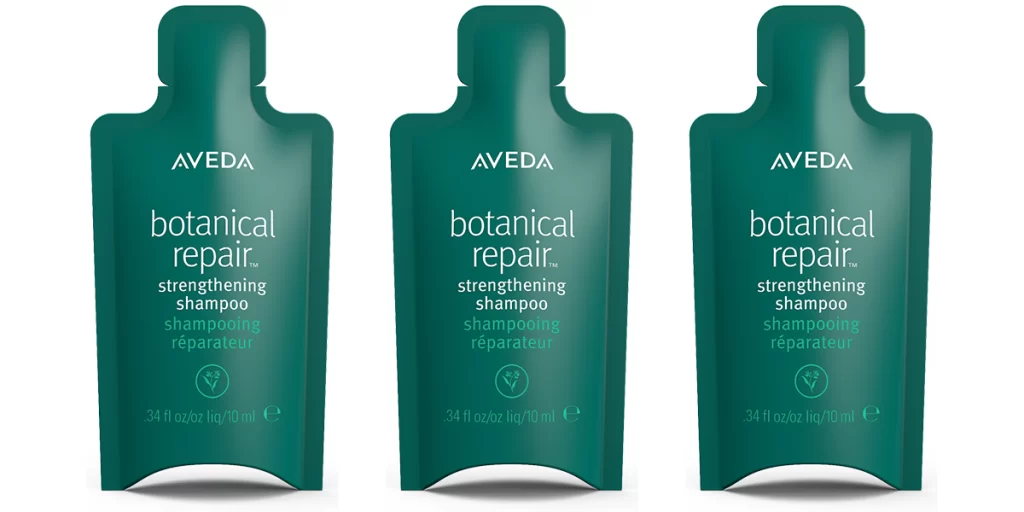
Future Trends
Smart Packaging
Smart packaging technologies, like QR codes and NFC tags, are becoming more prevalent. These technologies can provide consumers with information about the product’s origin, sustainability practices, and even recycling instructions, all of which can enhance transparency and trust.
Plant-Based Plastics
Research into plant-based plastics is advancing rapidly. These materials are not only biodegradable but also offer the same durability and flexibility as traditional plastics. Expect to see more products packaged in innovative bioplastics soon.
Refillable and Reusable Packaging
Refillable packaging options are gaining traction. Brands are introducing refill stations and reusable containers, reducing waste and encouraging circular economy practices. This trend aligns perfectly with the growing consumer demand for sustainable solutions.
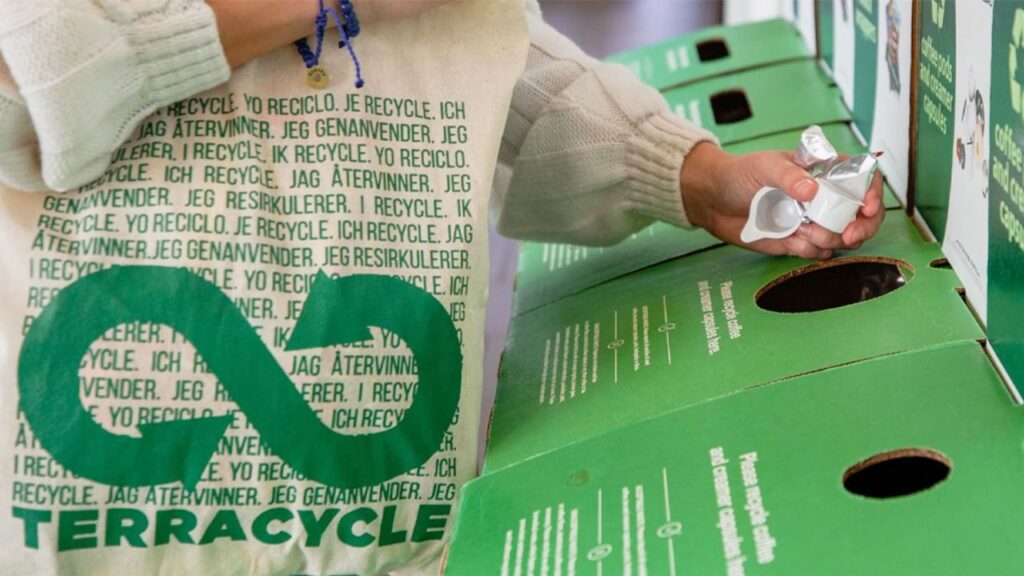
Conclusion
Choosing the right packaging for your cosmetics business is more important than ever. Sustainable packaging not only helps protect the environment but also resonates with today’s eco-conscious consumers. By understanding the impact of your packaging choices, selecting the right materials, balancing design and functionality, and staying ahead of industry trends, you can create packaging that sets your brand apart.
Ready to make the switch to sustainable packaging? Reach out to Randi Design Co. to explore custom packaging solutions tailored to your brand’s needs. Together, we can create a more sustainable future for the cosmetics industry.



